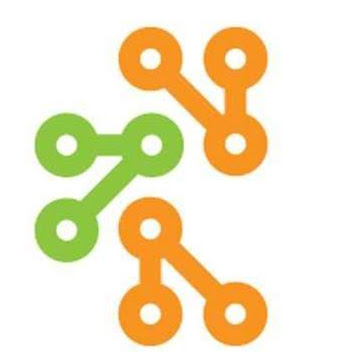
The development of the mobile app industry is immense and it is increasing day by day. Well, many of us don’t have an idea about of Progressive Web Apps, but they are gradually changing the mobile landscape. Launched by Google in 2015, PWAs are gaining popularity today. Let us see in depth more about Progressive Web Apps.
What is Progressive Web App?
Progressive Web App is that web app which loads like a normal website or regular web page. They provide user functionalities like receive push notifications, working offline and access device hardware, that is accessible only to native mobile apps. They are:
Fast
Recent research by Google, it was found that 50% of users will leave a website if it takes more 3 seconds to respond or load. Progressive web apps are fast and are able to improve the complete performance. This will assist the businesses to retain the users and enhance conversion.
Reliable
Progressive Web Apps pre-caches the important sources reducing the province on the network, though, ensuring that the users are able to get an instant and positive practice. There is a help artist, which is a script written in JavaScript and it appears in the setting separate from a web-page. It allows features which don’t need any web page or user communication; for example, background sync and push notifications.
Engaging
Progressive web apps stay on the user’s home screen and don’t need an app store. They are able to offer full-screen experience to the users through using the web app manifest file. It is a JSON file which can be used to tell the browser about the web application and how it should act when installing on the user’s desktop or mobile device. The web manifest file is essential as chrome needs it in order to show the prompt “Add to Home Screen”.
The Web app manifest also assists the users to control the app appearance and the way in which it is introduced. It offers choices enabling users to define home screen icons as they want; which page to be loaded when the app is set up, the orientation of the screen and whether to display the chrome browser or not on the screen.
Moreover, by sending web push notifications, they can assist in re-engagement of the users.
Benefits Of Progressive Web Apps
Fast to download
Around 60% of mobile users don’t download the new mobile app every single month. In the scenario of Progressive Web Apps, whereas the user is browsing the web-page, a prompt appears to download and add to home screen.
Platform Compatible
PWAs can run on multiple platforms. The developers have to set up the code base only once, which decreases the cost and execute the attribute of the final product.
Minimum download Size
PWAs take just 100KB to download. With only a small size it is genuinely simple to download.
Fast updates
With the support of service workers, the latest scripts/ style-sheets can be utilized as soon as they are distributed to the server. The user is not needed to even press an modify button.
Simple to observe & flexible
The prompt to set up progressive web app seems when the user browses a website. After clicking the installation prompt, it just takes 10 seconds to set up and it can work on any device.
Progressive web apps vs traditional mobile apps
Traditional App development can be tiresome and costly. While in the case of PWAs, this won’t be the scene; as they use more web and they have access to a broad scope of plugins and APIs. Besides, they are cross-device compatible. PWAs have a benefit over traditional apps at the time of on-boarding and have a broader appointment rate.
Altogether, push notification to assist in improving retention rates. Well, new APIs enables the websites to send push notifications but the users are three times more apt to open an app instead of a website. Furthermore, apps run immediately on mobile devices and not on any web browser. This enables the app to be better modify and go through fewer assets of data. Anciently, PWAs, it is likely that the limitations and drawbacks can get the better off with the passage of time.
Google is in the procedure of taking the Progressive Web Apps to the next generation. Recently it has started testing for AIA which would be easily able to blend traditional, PWA and native apps. The app developers will not be needed to build PWAs separate from the native app. Apart from this, Google will ease the users with the condition of an app on the Google Play, where the user is enabled to either download native app or approach the PWAs in a fast way.
AIAs will be more able of enabling the users to find the app by either using a link or a search engine. This will take the user straight into engaging with the app businessman service of product offering. There will also be a choice of downloading the native app.
Conclusion
Progressive Web Apps are still in the developing phase now but they are promising. Let us hold and see what new thing Progressive Web Apps will bring for us as the time passes.

